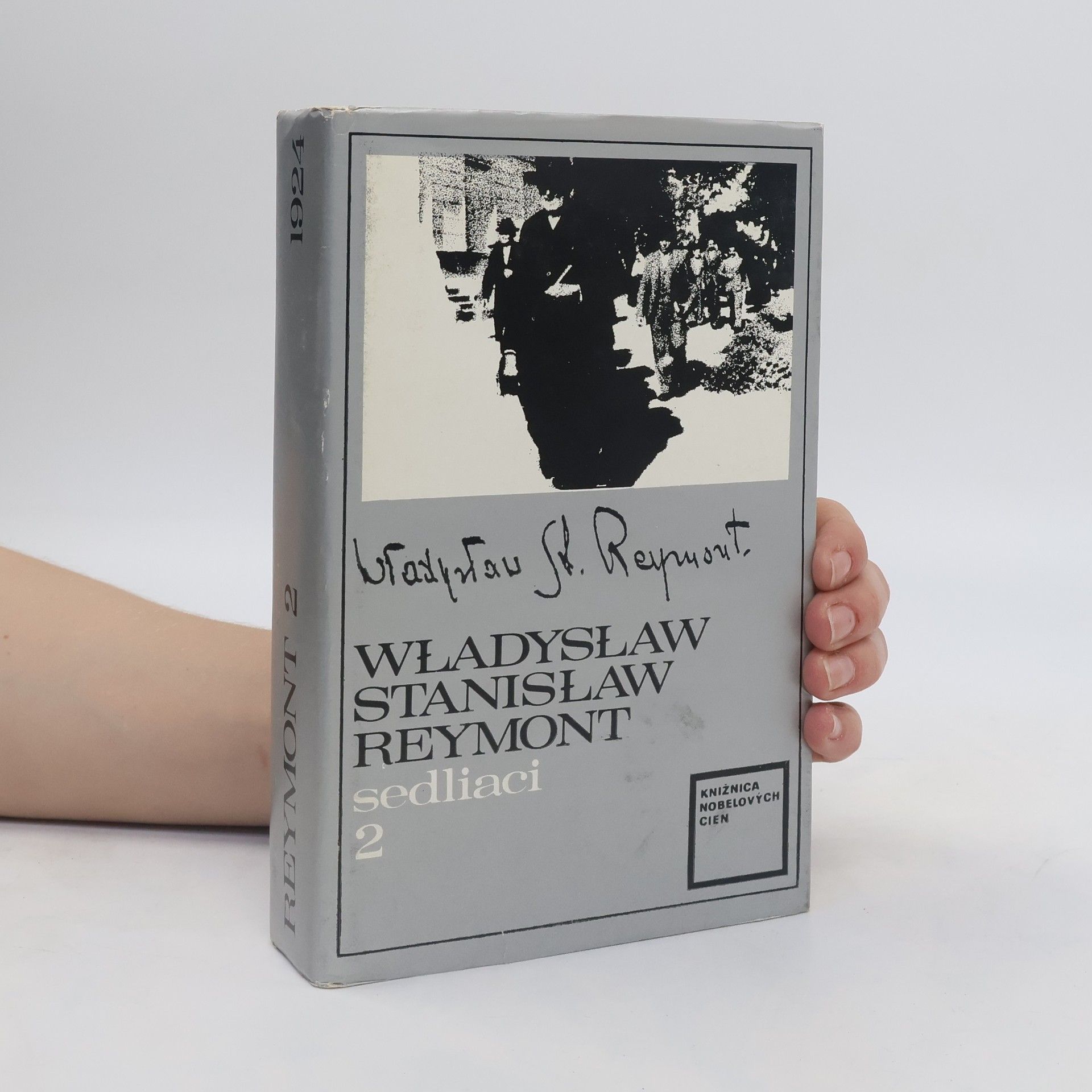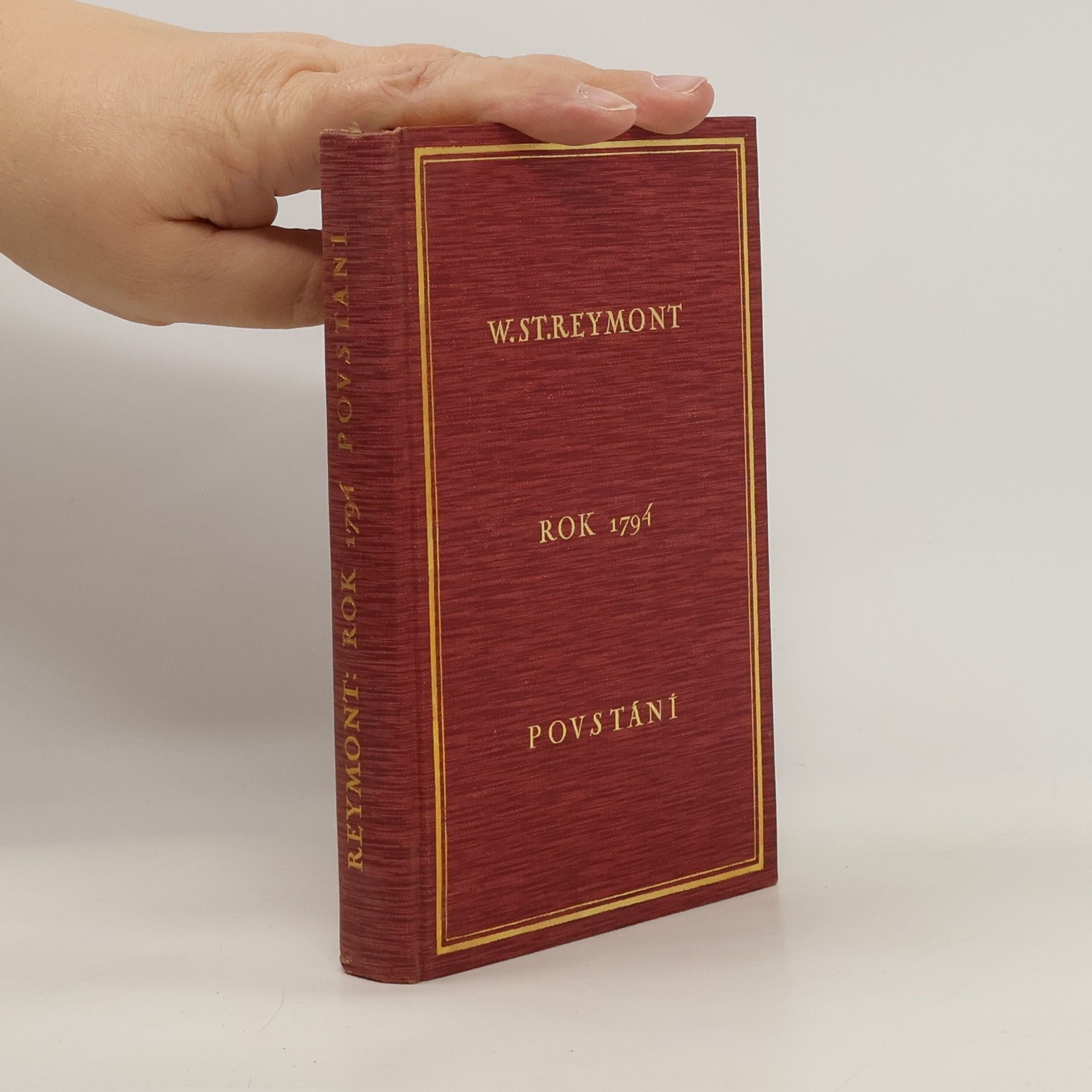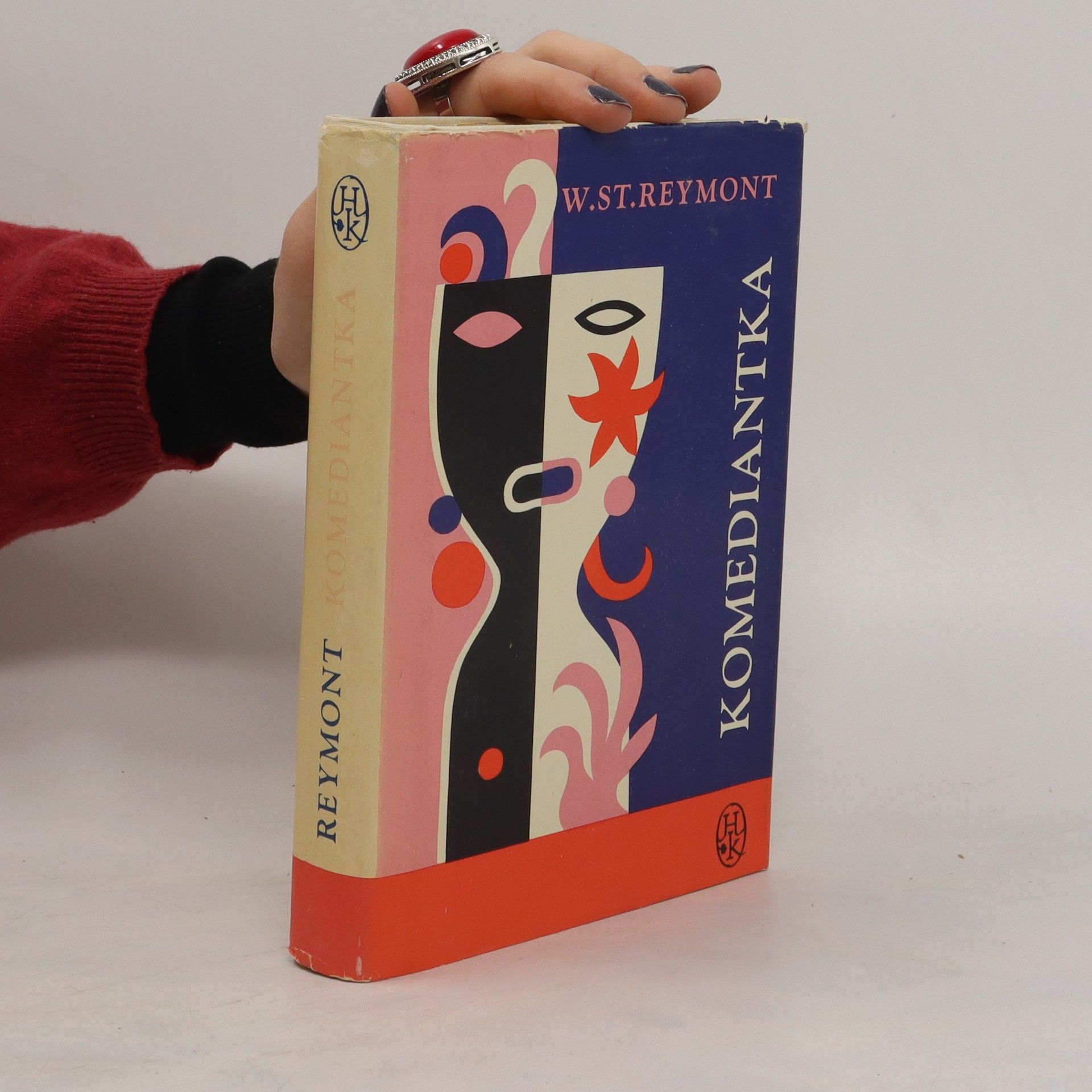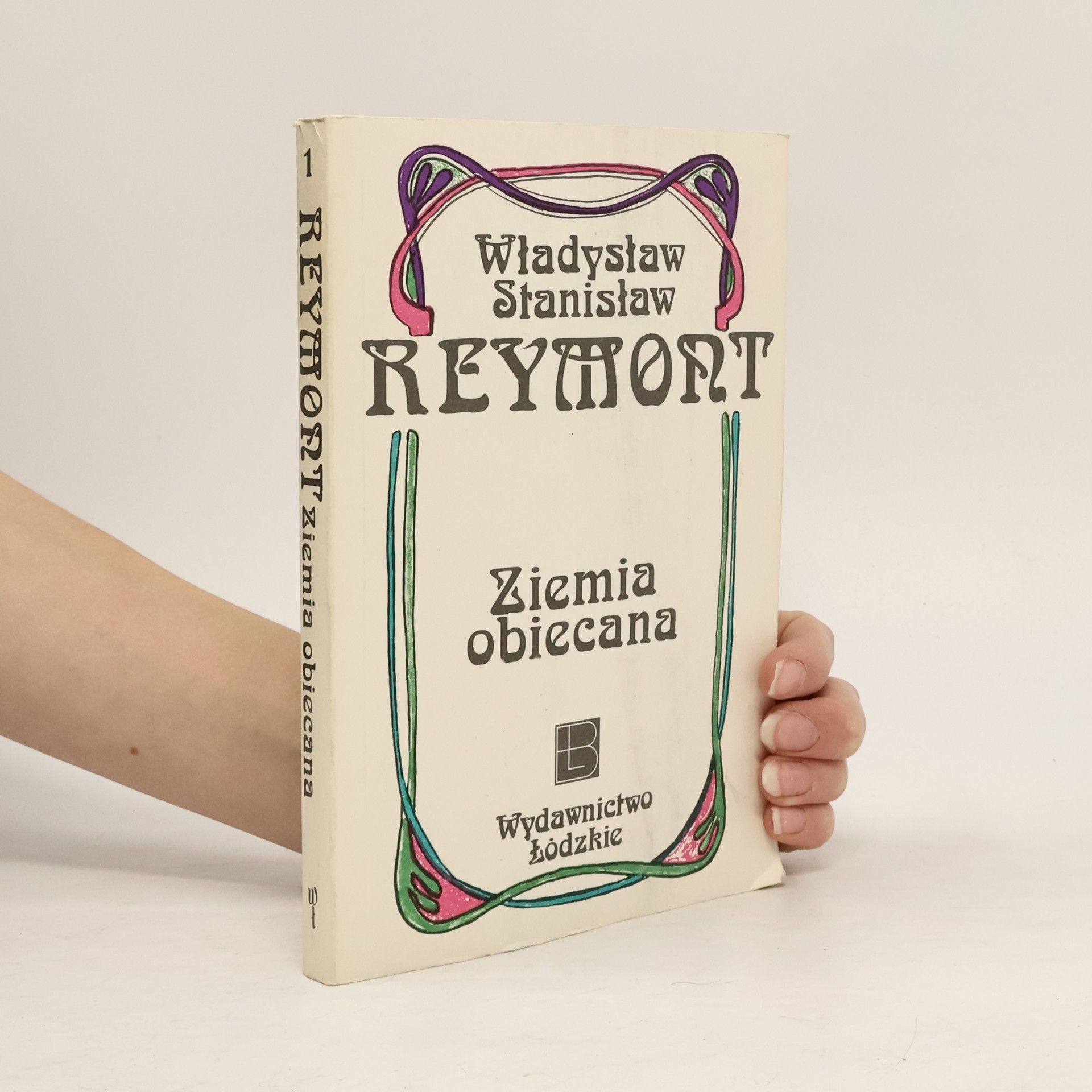De origen campesino. recorrió Polonia trabajando como actor. Retirado como novicio en el convento de Czestochowa. inició su actividad literaria en 1895. Su obra narrativa expresa los ideales del neoespiritualismo polaco. ligado a una moral tradicional y estática. Su celebridad se basa esencialmente por su obra cumbre. Los campesinos. dividida en cuatro partes que llevaban los nombres de las estaciones del año. una extensa novela épica en la que narra un año de la vida de un pequeño pueblo polaco. En 1920 Reymont era ya una personalidad reconocida y con fama internacional. reflejando en toda su producción literaria los tiempos que le tocó vivir. cuando Europa era un hervidero con una guerra mundial. revoluciones. cambios políticos y sociales o la recuperación de la independencia de su país
Władysław Stanisław Reymont Libros
Un escritor de prosa y cuentista polaco, se erige como una figura destacada del realismo con elementos naturalistas en la prosa de la Joven Polonia. Si bien una pequeña parte de su legado incluye poesía, es más célebre por su monumental epopeya rural. Su obra se considera una de las más significativas en la historia literaria polaca, ofreciendo profundas perspectivas sobre la naturaleza humana y el campo polaco.







The Peasants
- 976 páginas
- 35 horas de lectura
Set against the backdrop of early 20th-century Poland, this epic narrative weaves together rich historical context and profound themes of identity and resilience. The story explores the lives of its characters as they navigate the complexities of a changing society, reflecting the struggles and triumphs of the Polish people. Celebrated for its literary merit, the work showcases the author's masterful storytelling, earning recognition as a significant contribution to world literature.
A Pilgrimage to Jasna Góra (English Translation): Pielgrzymka do Jasnej Góry
- 138 páginas
- 5 horas de lectura
In 1894, Władysław Reymont, one of Poland's most important writers, went on a walking pilgrimage from the right bank of Warsaw to Jasna Góra, Poland's most important Marian shrine in Czestochowa. He went as a journalist to cover the pilgrimage for the press rather than out of piety. Quickly, however, he was won over by the simple but deep faith of the pilgrims, mostly simple peasants among whom he felt like an outsider. Available in English for the first time, A Pilgrimage to Jasna Góra is a masterpiece of late-nineteenth century journalism filled with astute sociological observations of the Poles and their faith under Russian domination and richly sensuous descriptions of the beauty of the Polish countryside.
V rámci štyroch ročných období rozohráva sa zaujímavá a vzrušujúca dráma ľudských osudov. Zápas človeka s prírodou, s ľudmi blízkymi i cudzími s pánmi i s vlastnými vnútornými konfliktmi. Spisovateľ vyniesol na povrch pravdivý obraz svojich postáv, ich konania, ale aj myslenia, ich túžob citového života, ich živelnej zmyslovej morálky. Odkryl nielen to, čo je krásne, folklórne, ale aj to, čo je choré. 3. vyd.
Dej románu sa odohráva v priebehu jedného roka, ktorý je rozdelený do štyroch častí podľa štyroch ročných období, z ktorých dve obsahuje táto kniha – jeseň, zima. Autor opisuje život sedliakov na dedine v Poľsku v 19. storočí. 4. vyd., v tomto výbere 1. vyd. Kniha obsahuje: - I. Jeseň- II. Zima
Tekst oparty na wydaniu: Władysław St. Reymont, Pielgrzymka do Jasnej Góry. Wrażenia i notatki.
Román poľského autora podáva osudy Janky Orlowskej, dcéry prednostu vidieckej stanice, ktorý ju chce proti jej vôli vydať.
Ziemia obiecana
- 296 páginas
- 11 horas de lectura
"Ziemia obiecana" (1899r.) to obok "Chłopów" najbardziej znana powieść Reymonta. Akcja toczy się w wielokulturowej Łodzi. Bohaterami jest troje przyjaciół: Niemiec, Polak i Żyd, którzy robią wspólne interesy. Na tle robotniczego miasta ukazani zostali bogaci kapitaliści oraz wyzyskiwani przez nich pracownicy, którzy walczą o przetrwanie. Powieść została zekranizowana przez Andrzeja Wajdę. Łodzianie postawili pomnik Władysławowi Reymontowi, siedzącemu na ławeczce przy głównej ulicy miasta - Piotrkowskiej.


